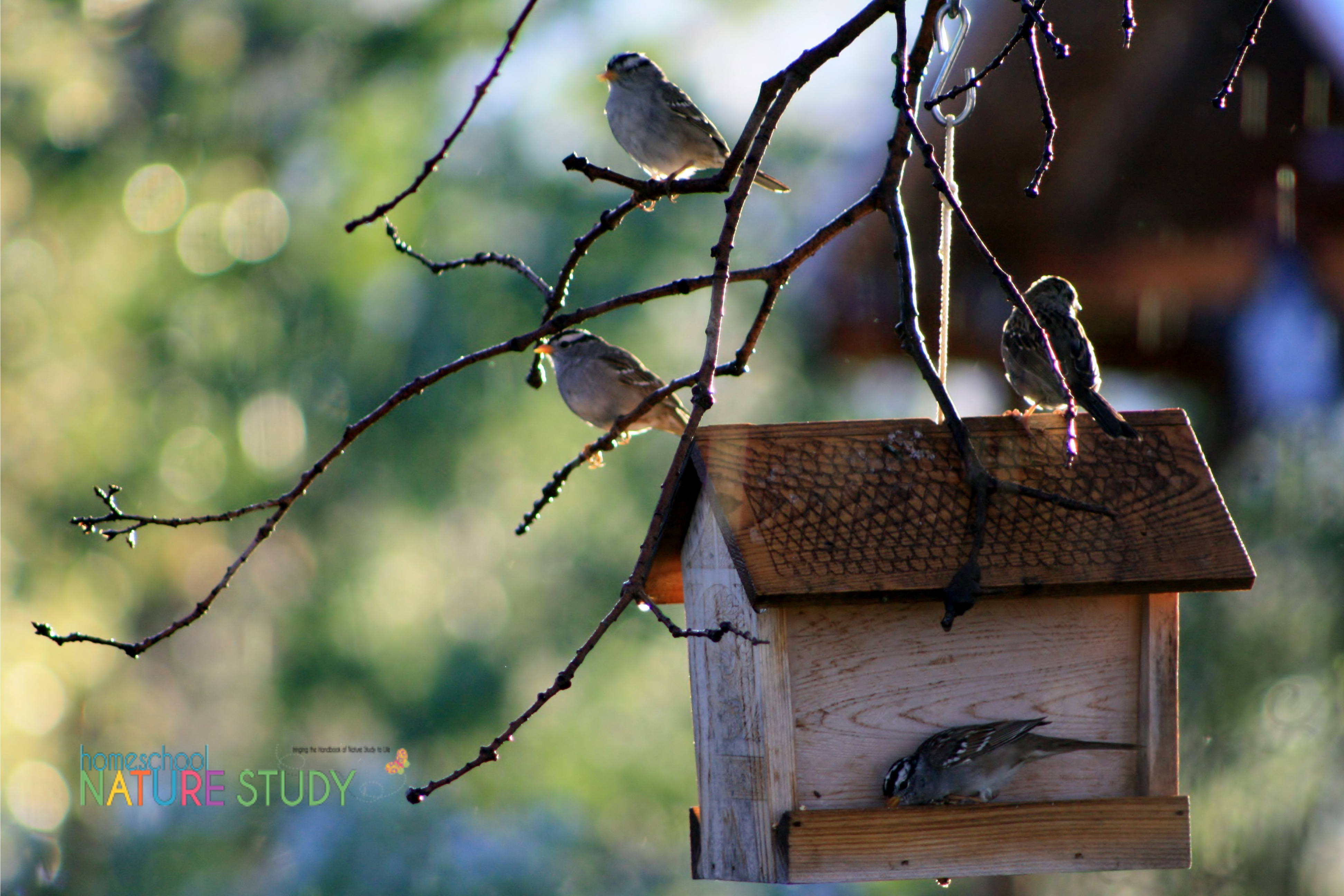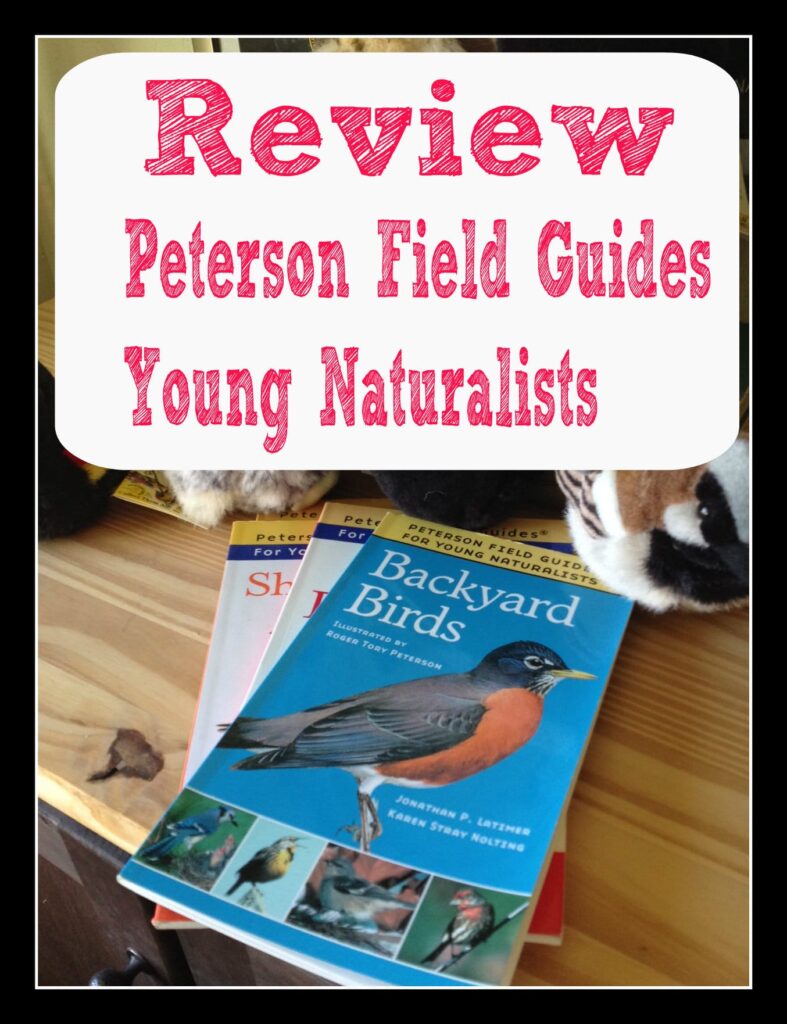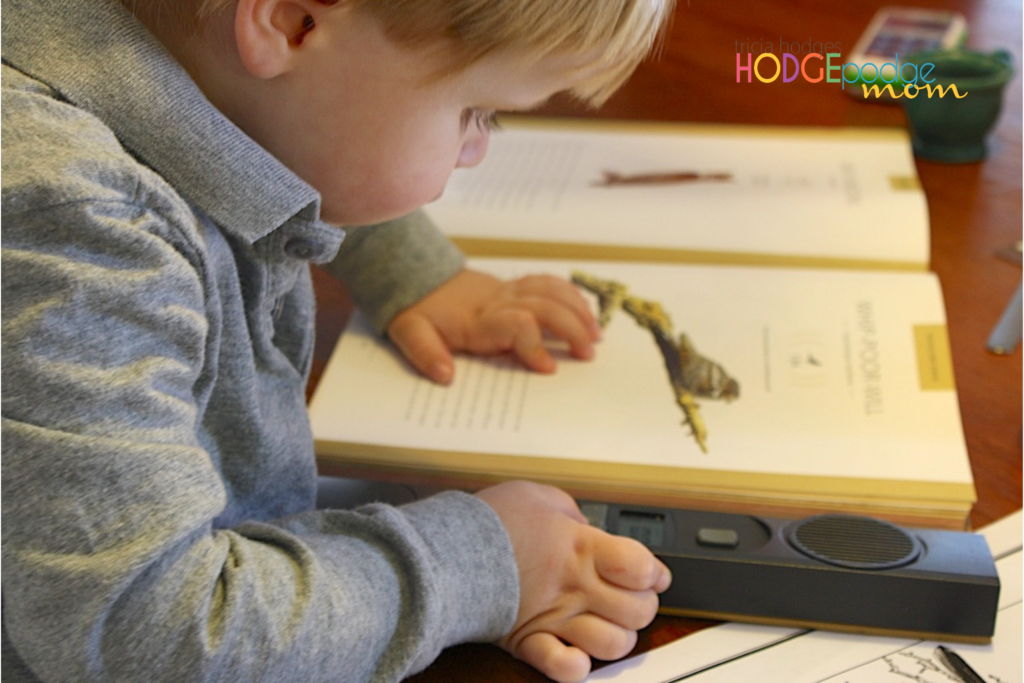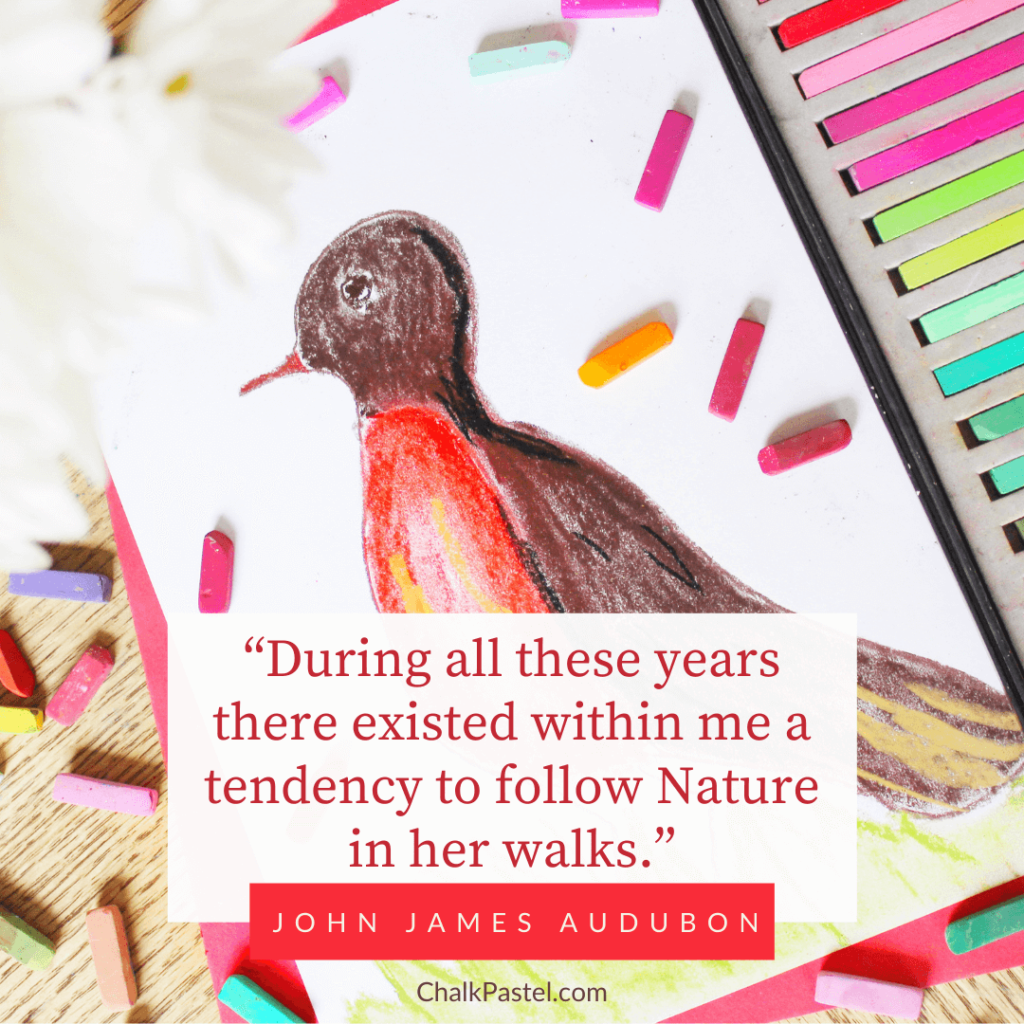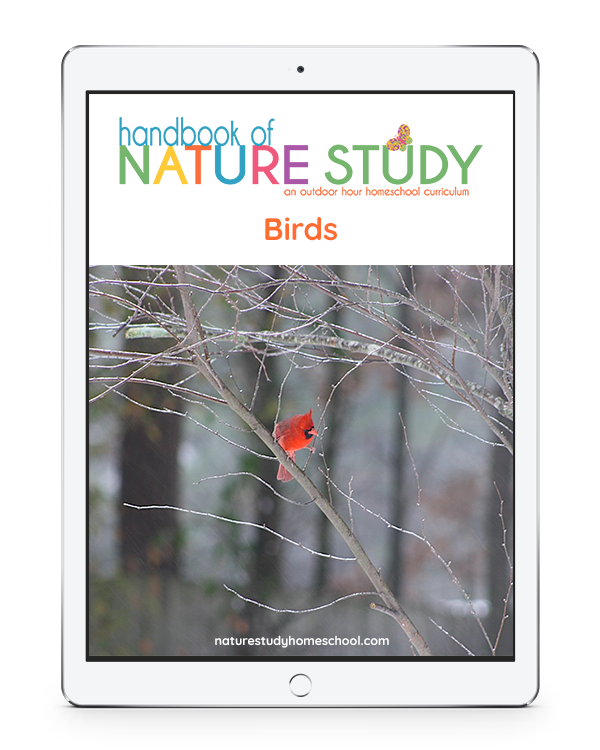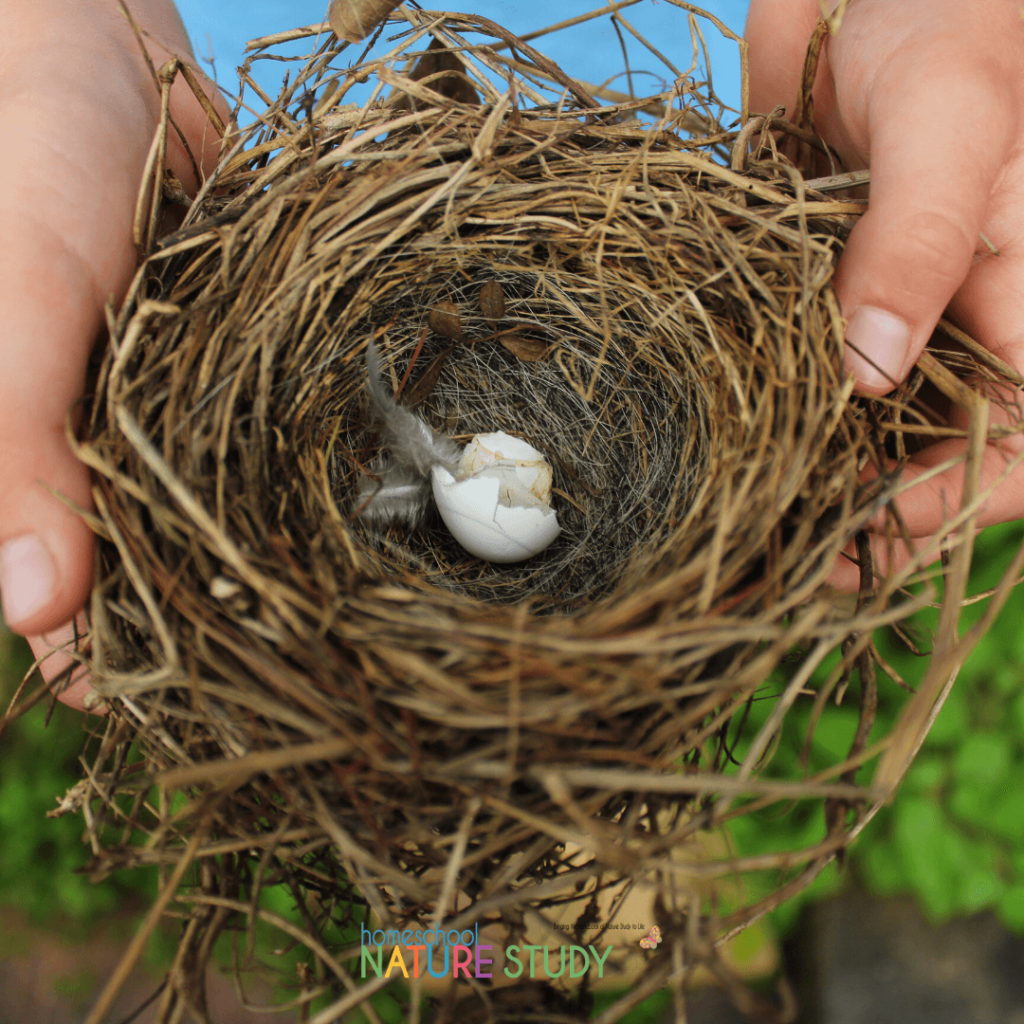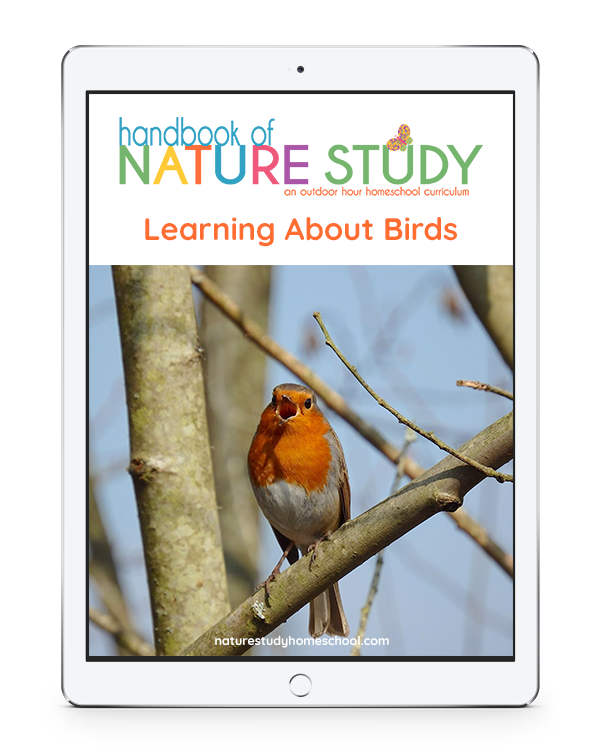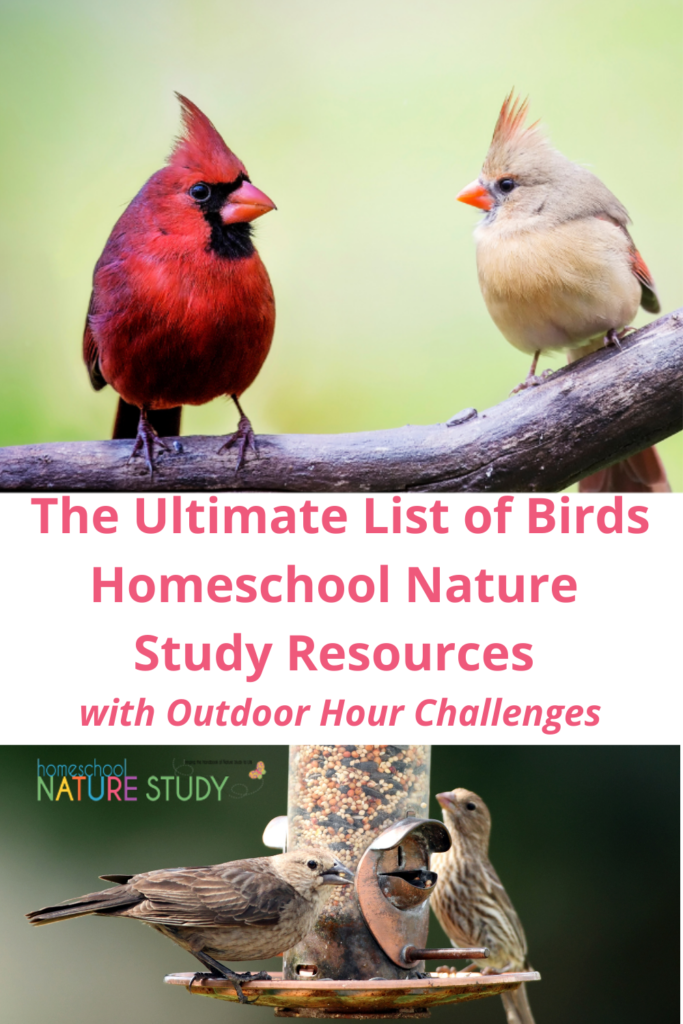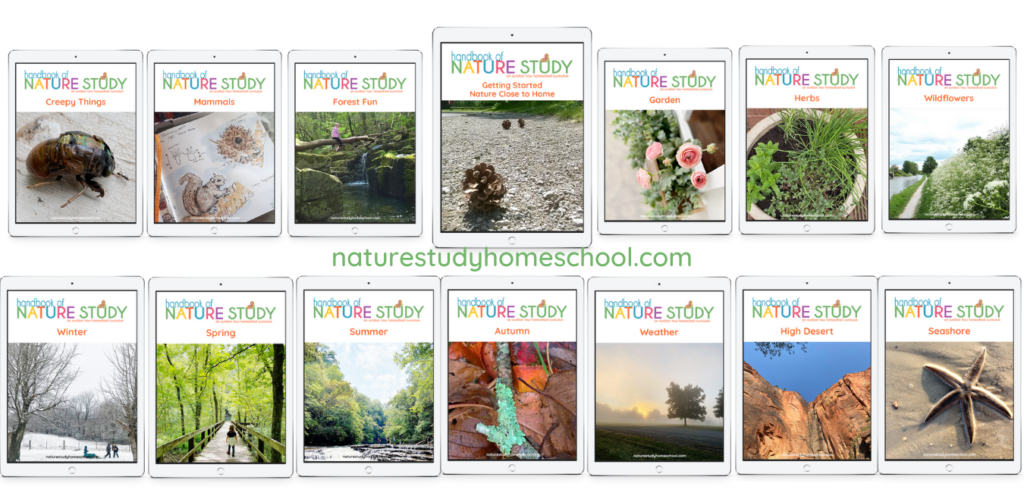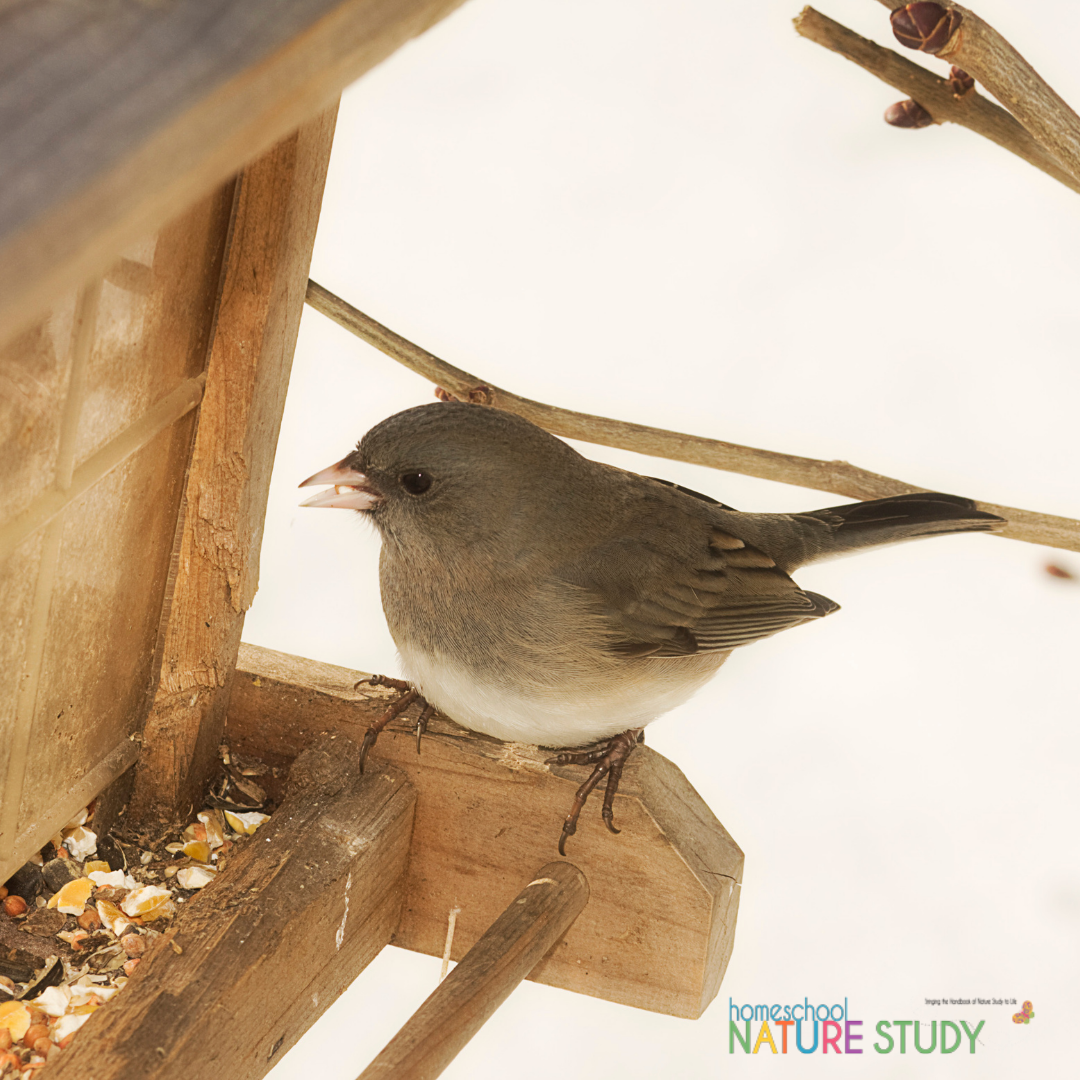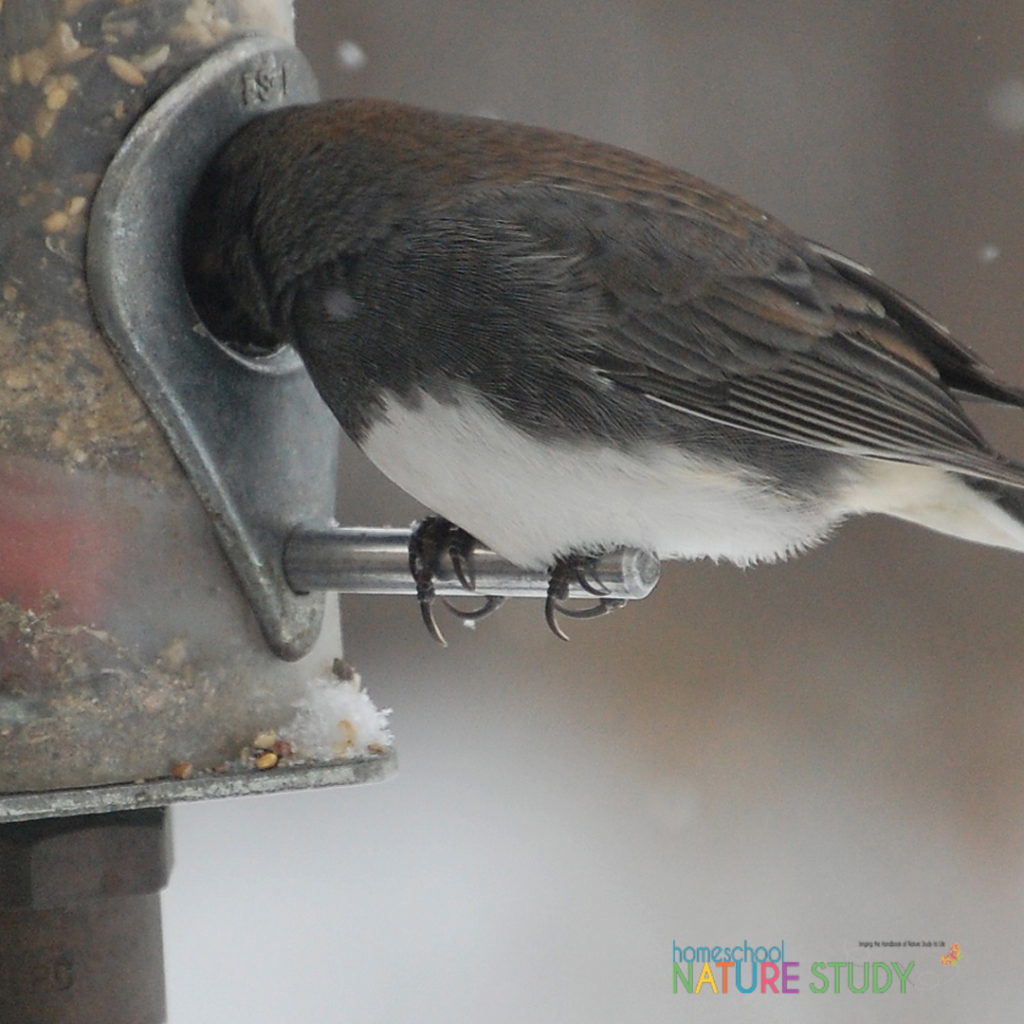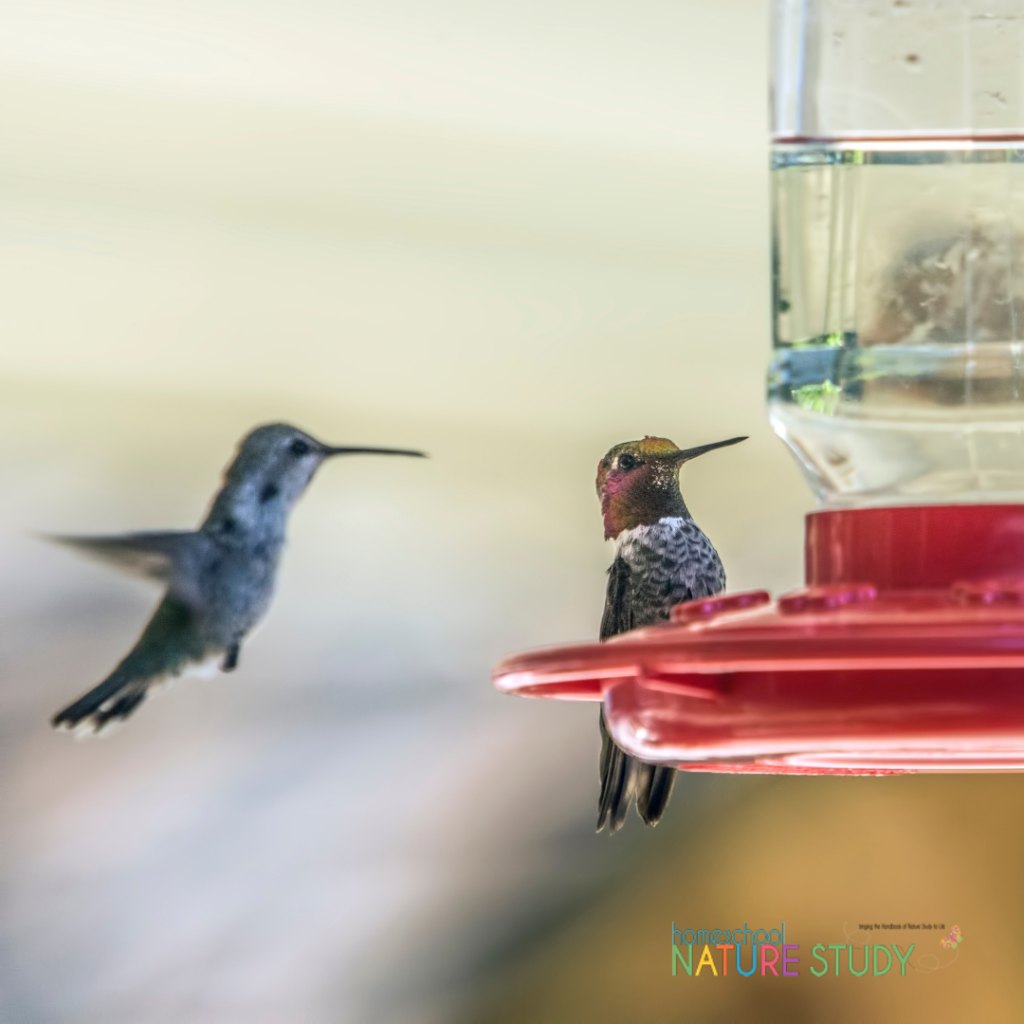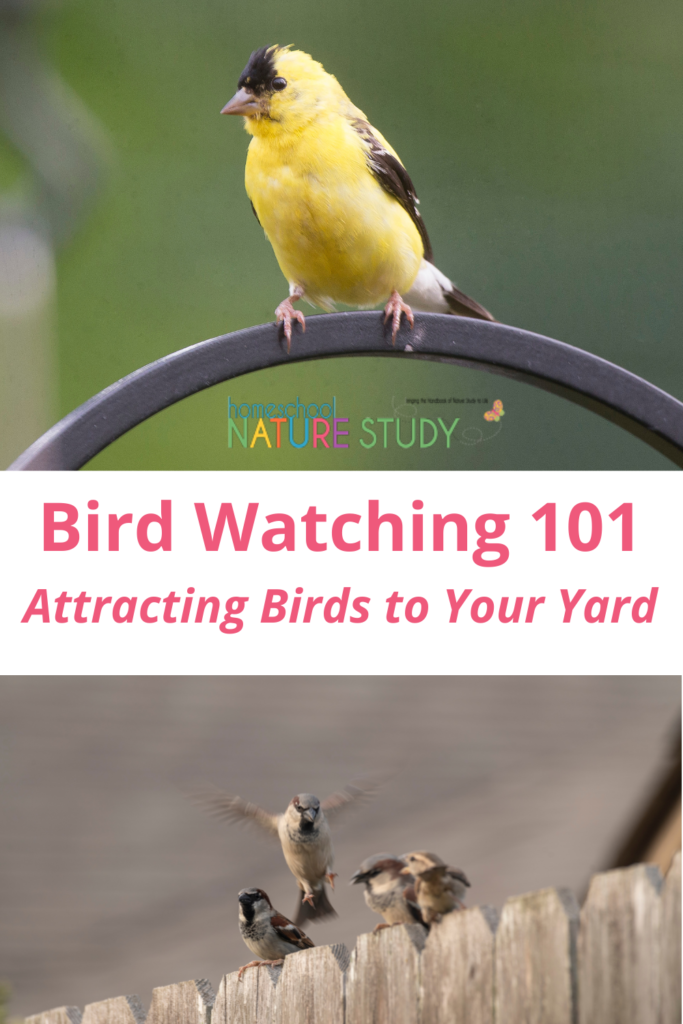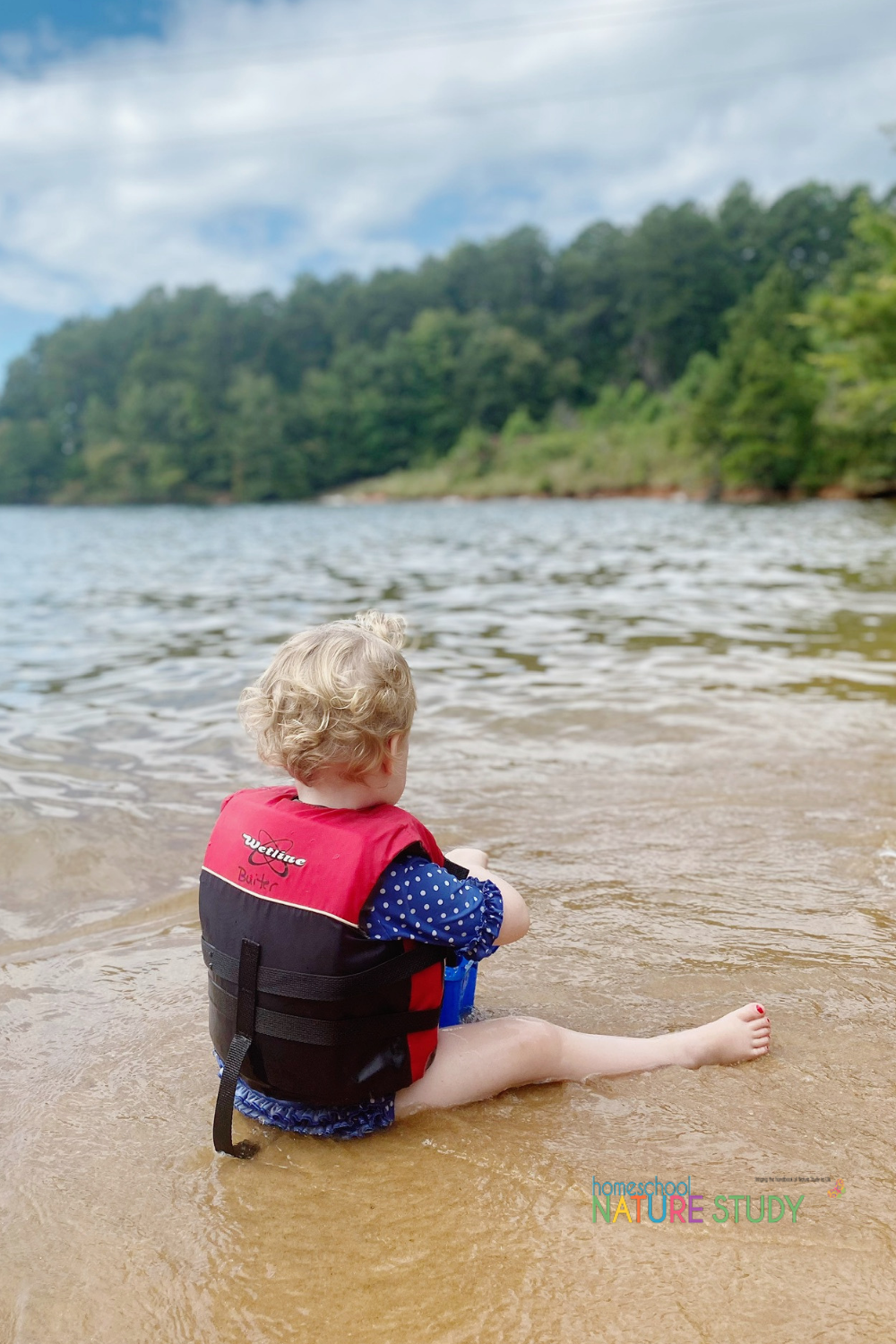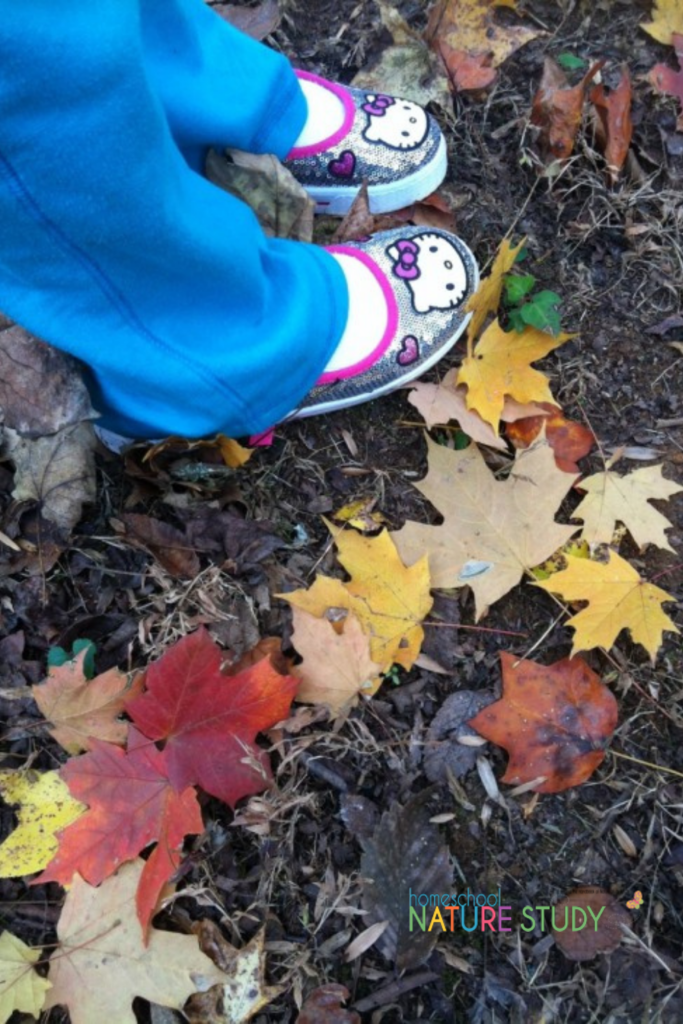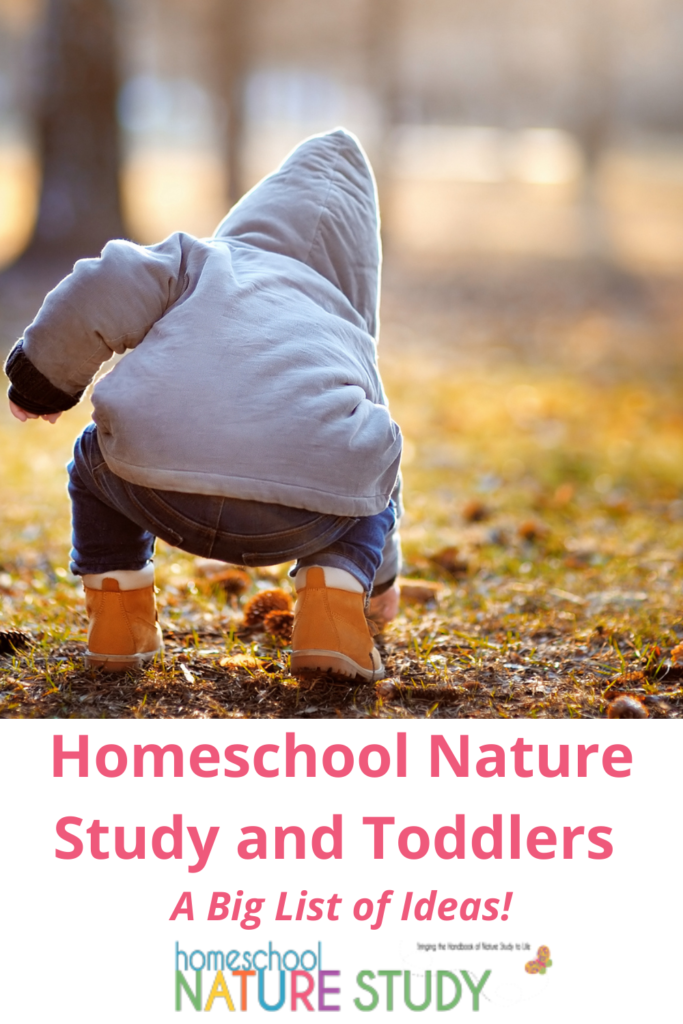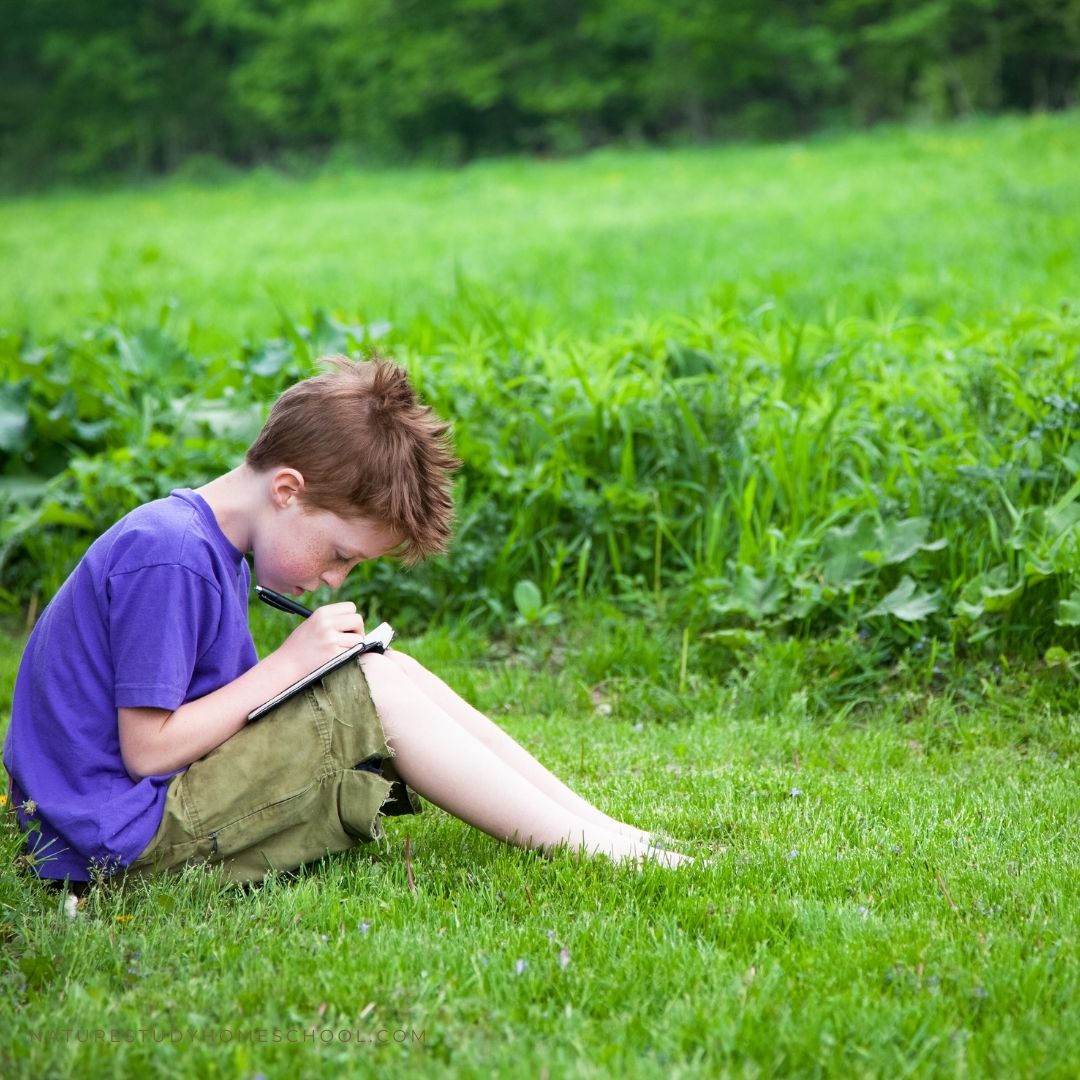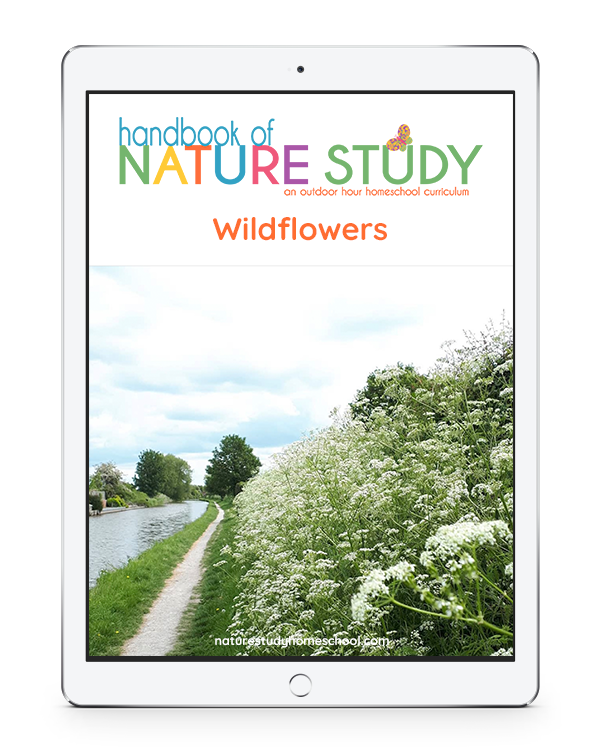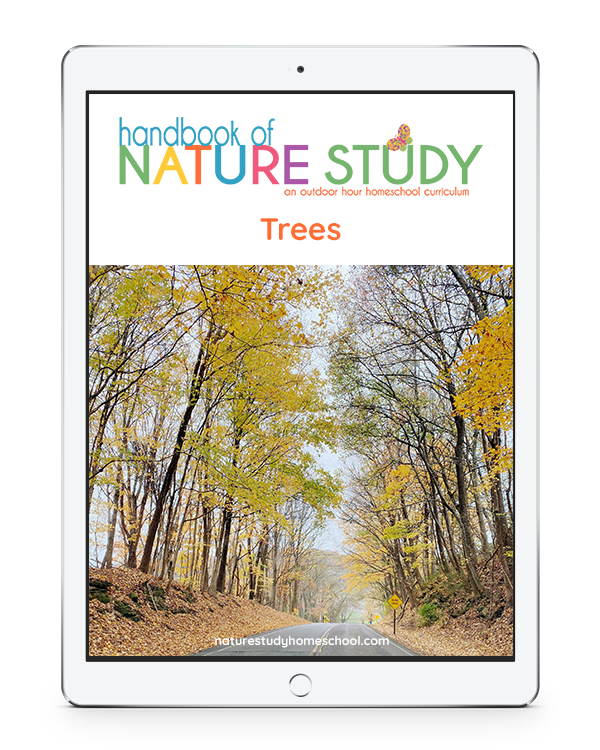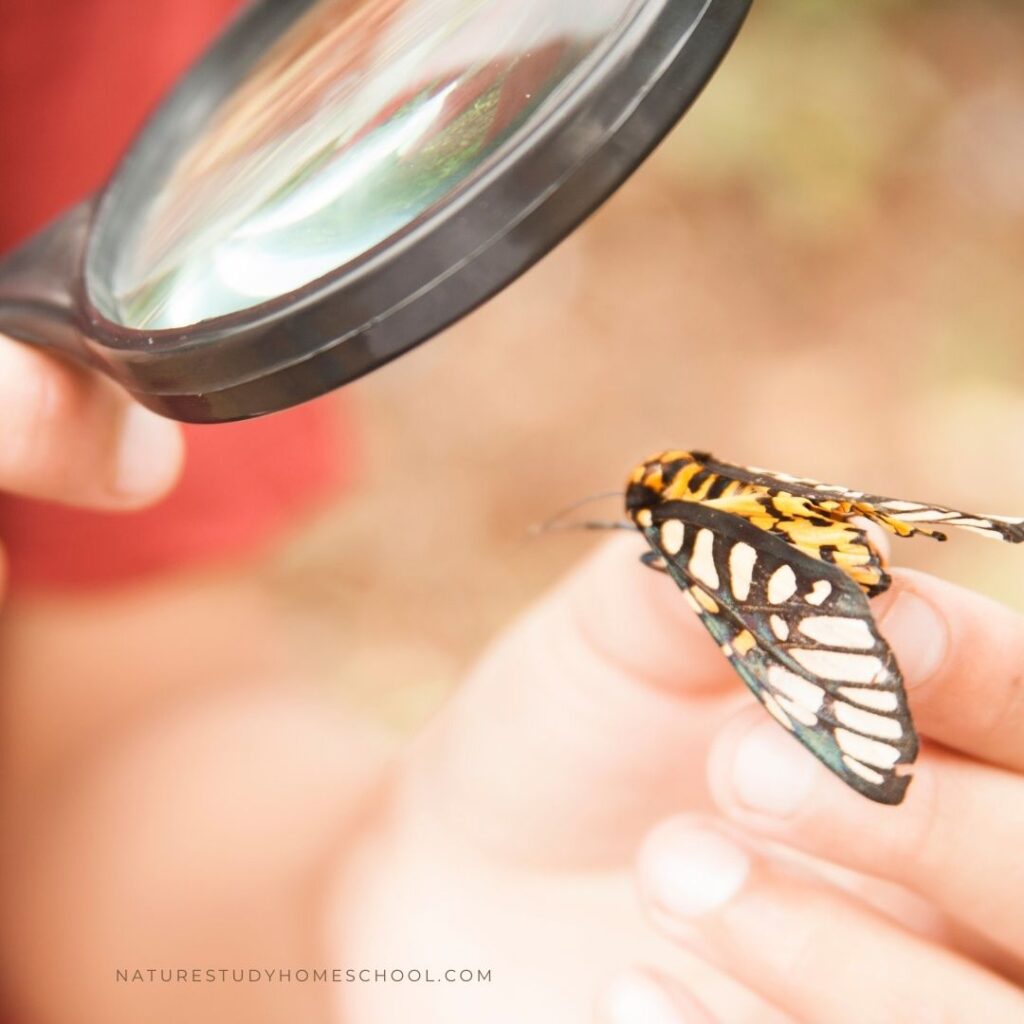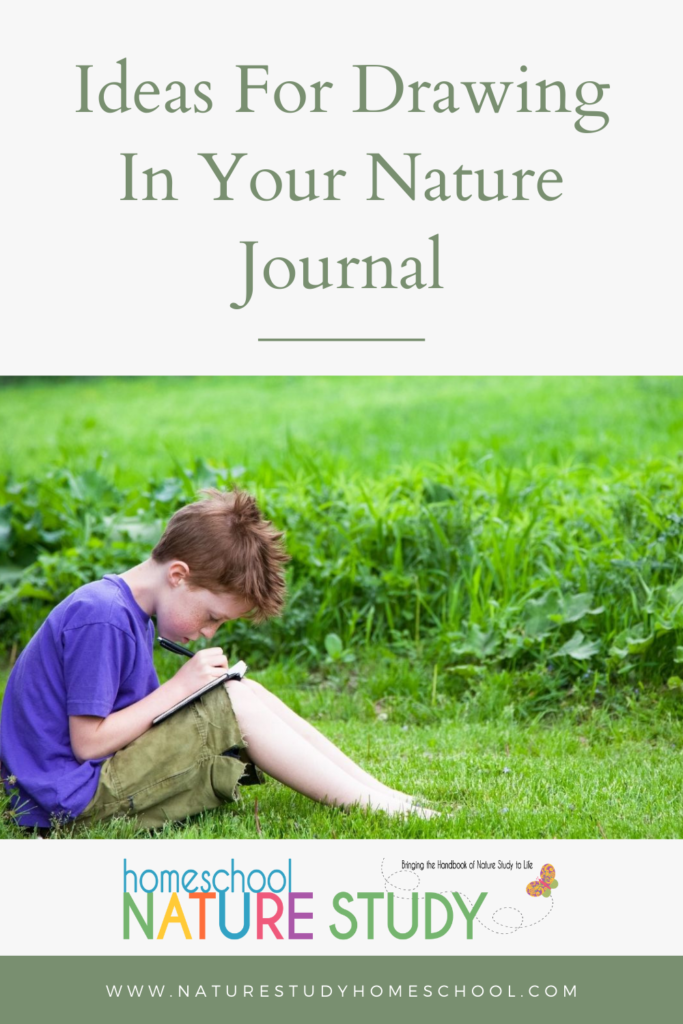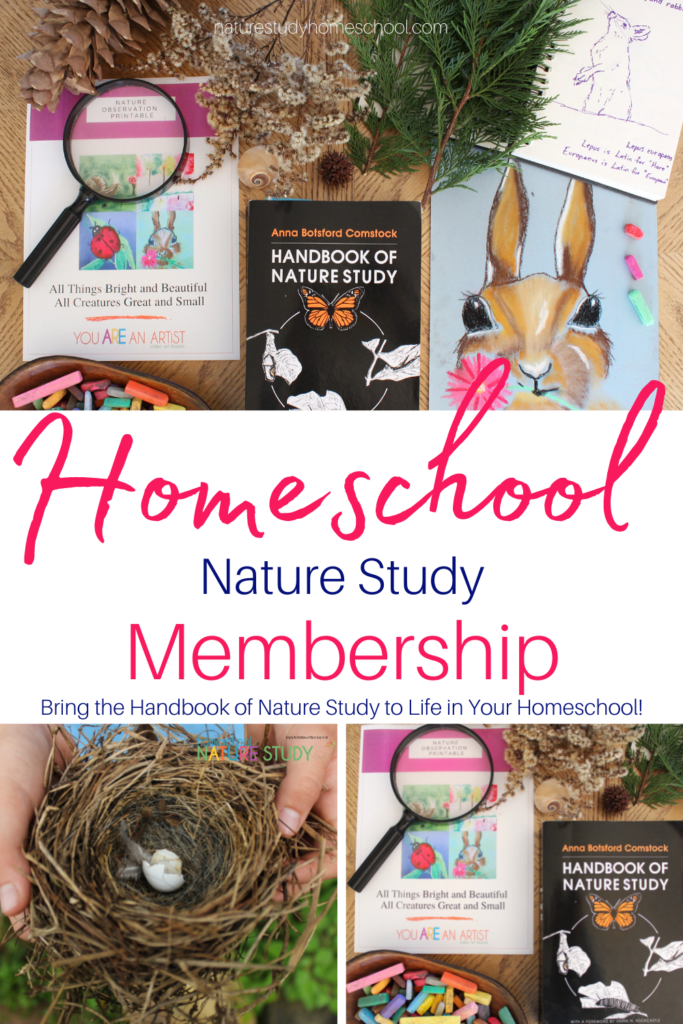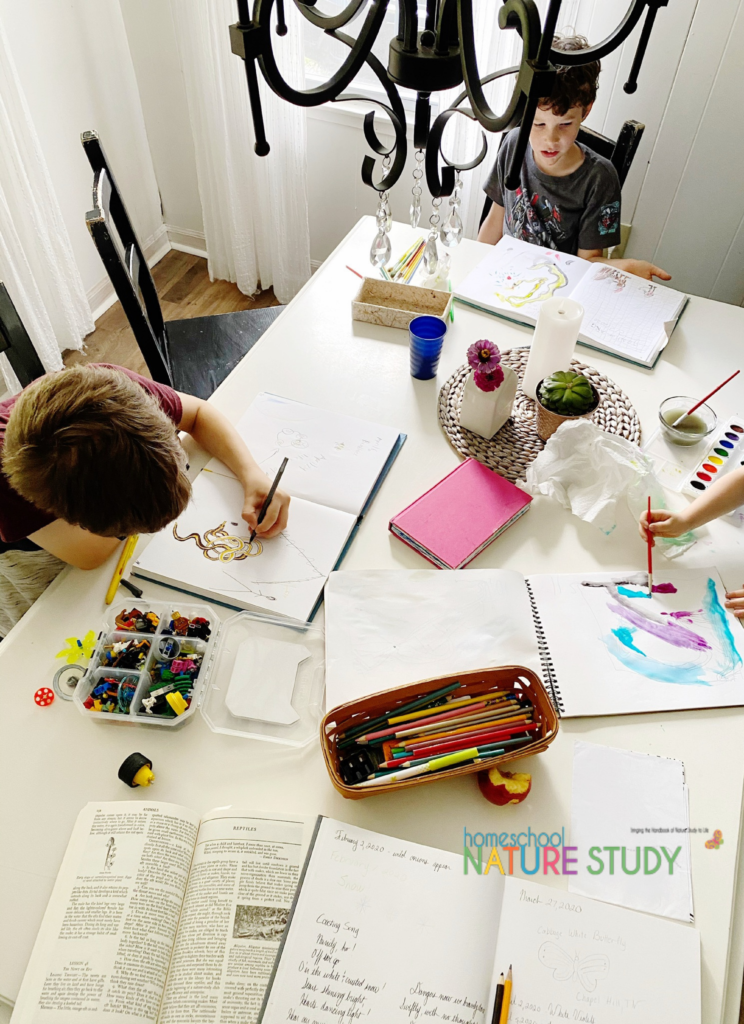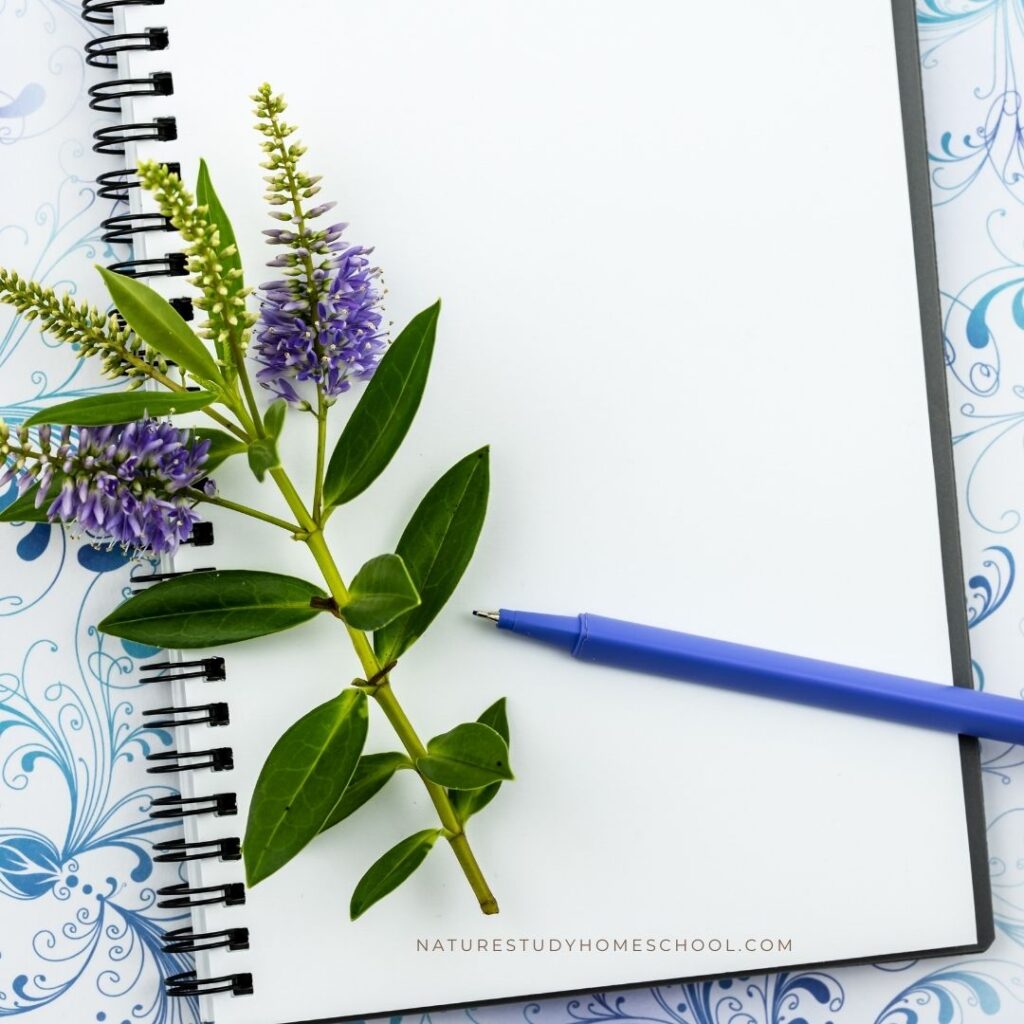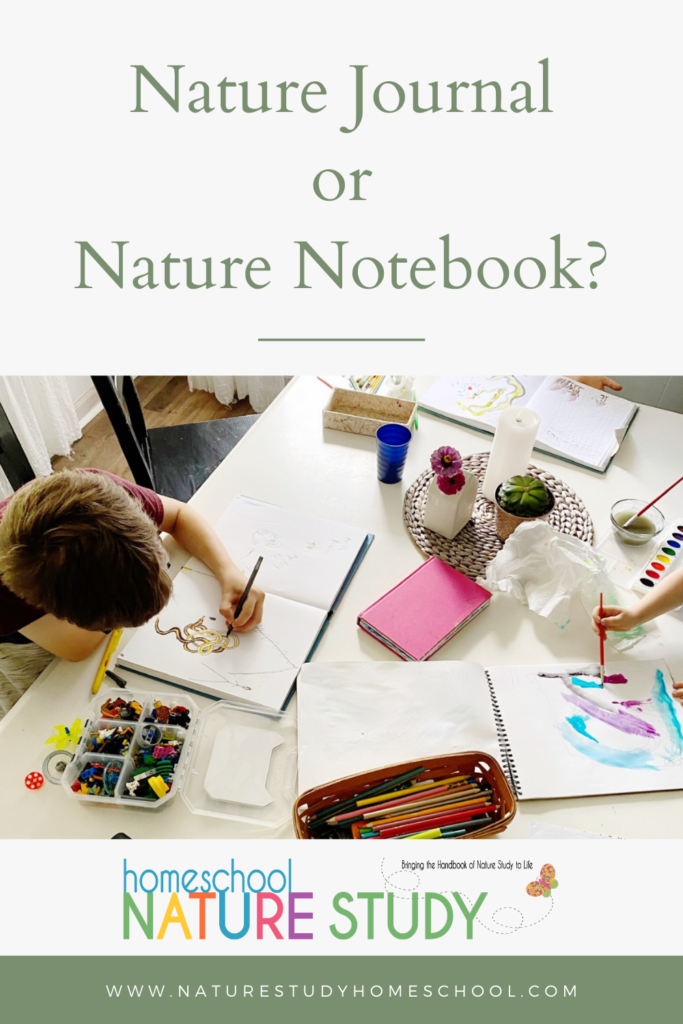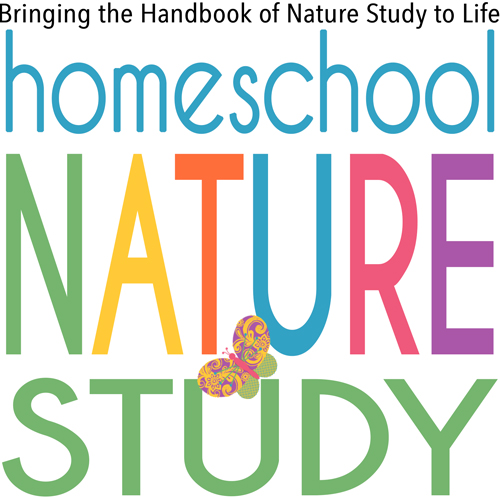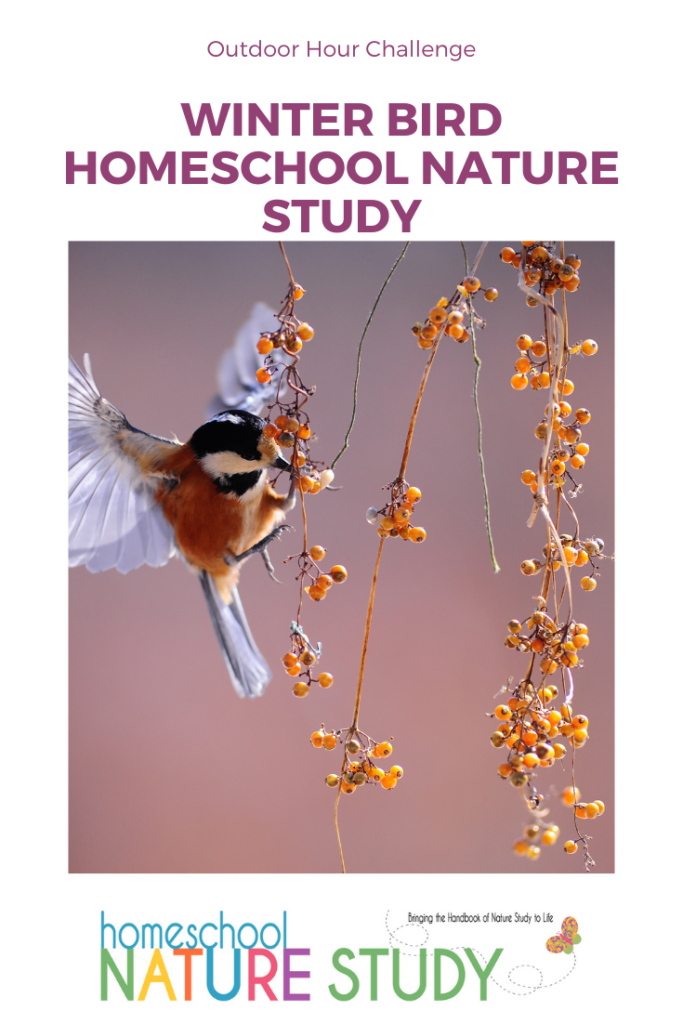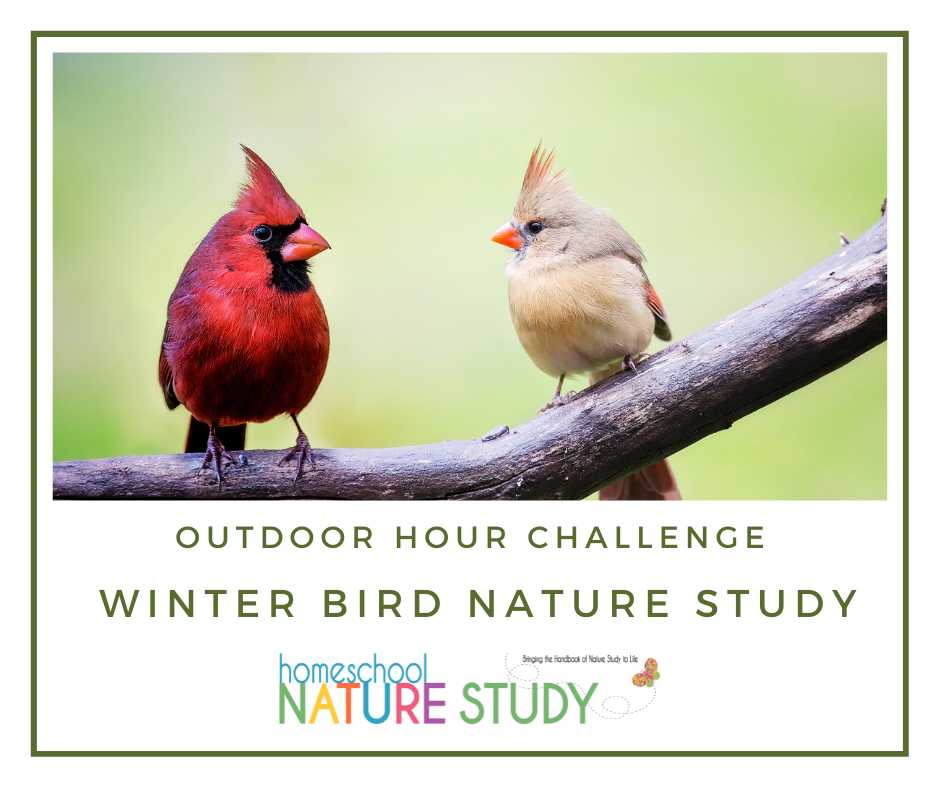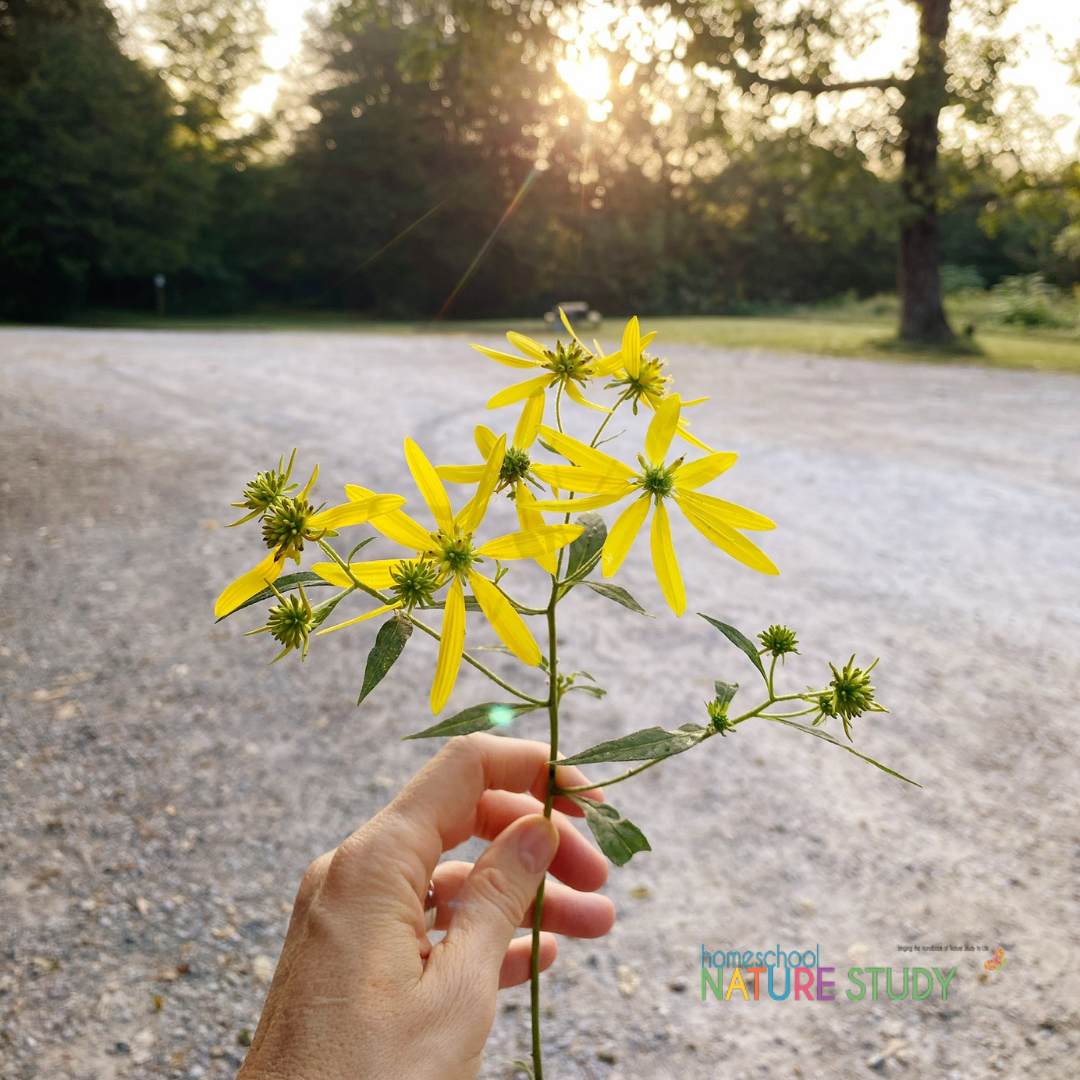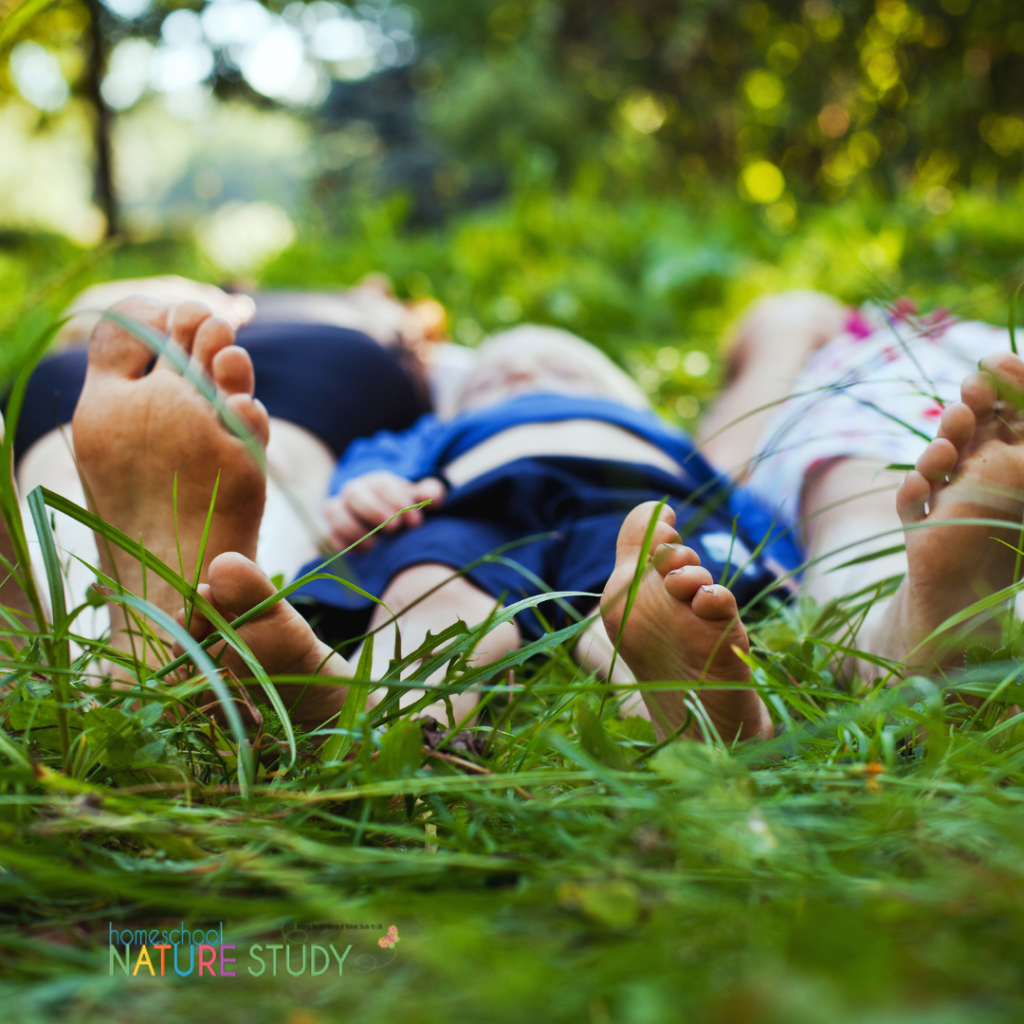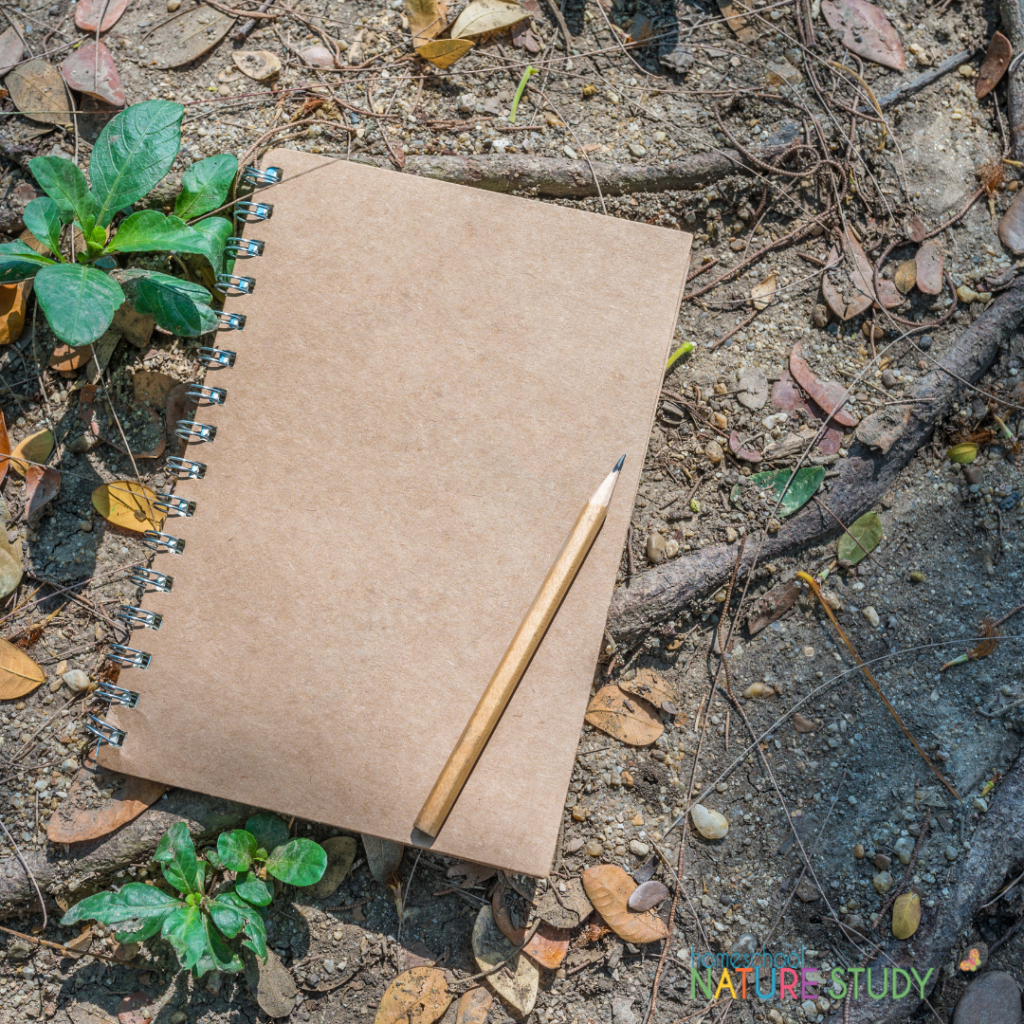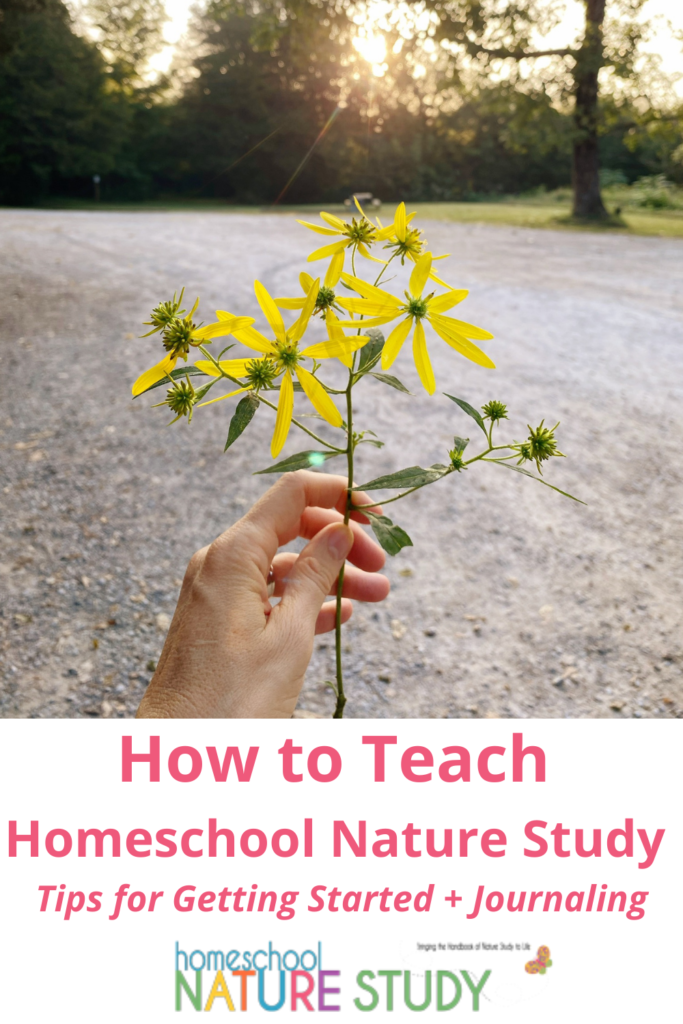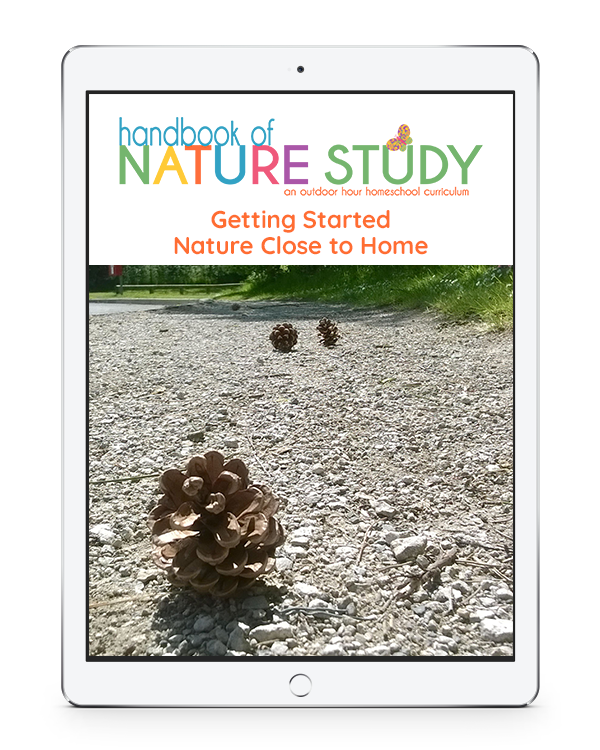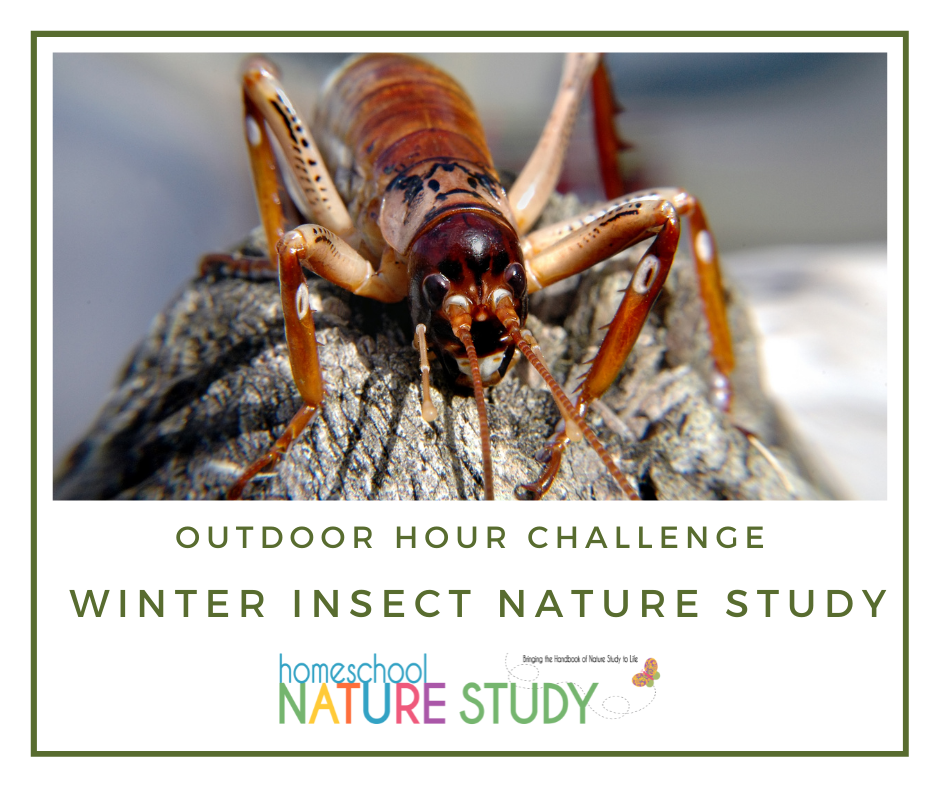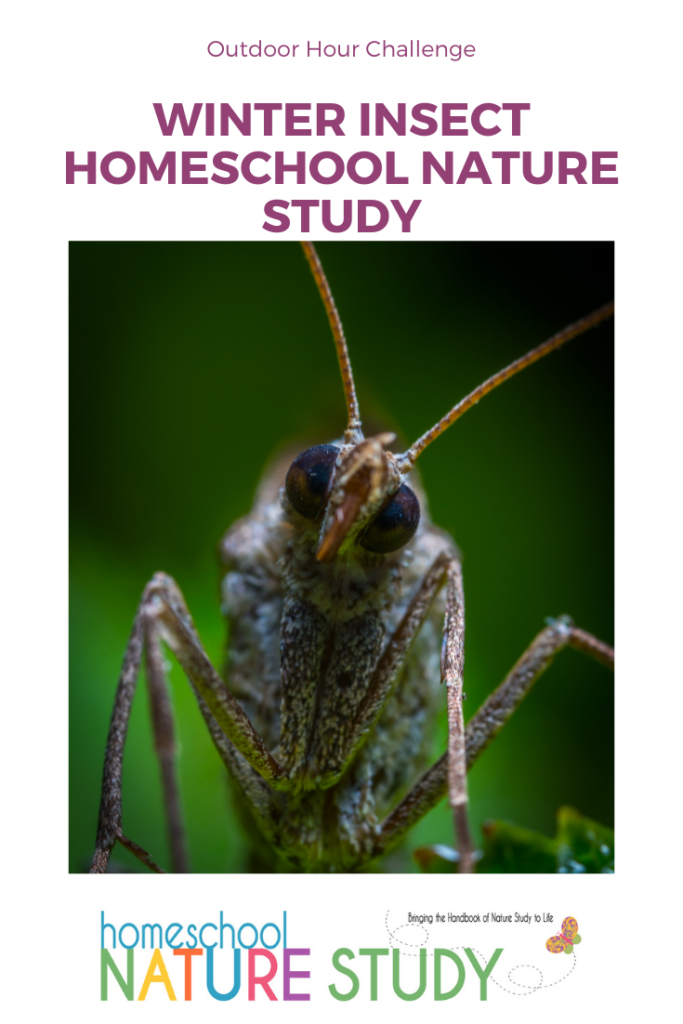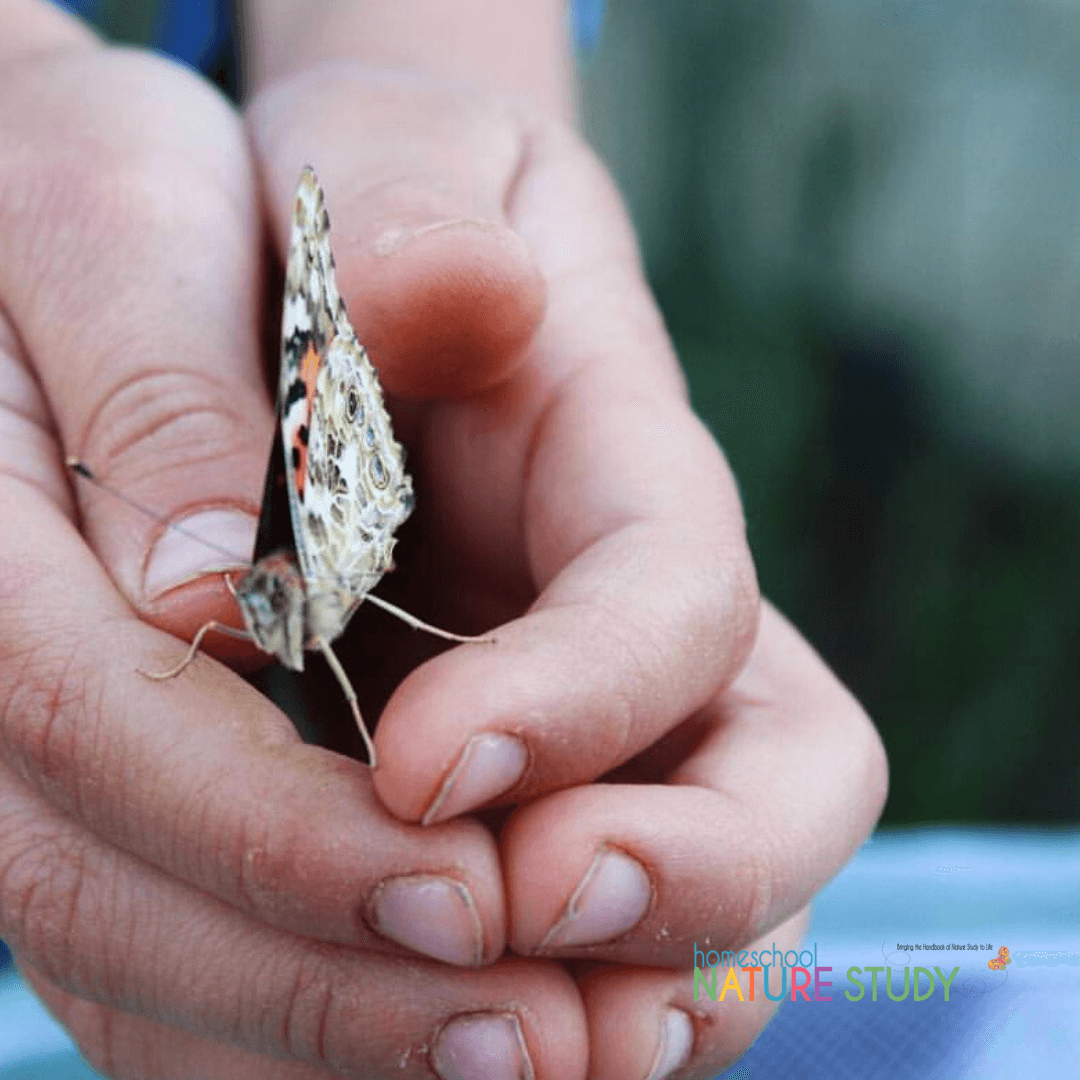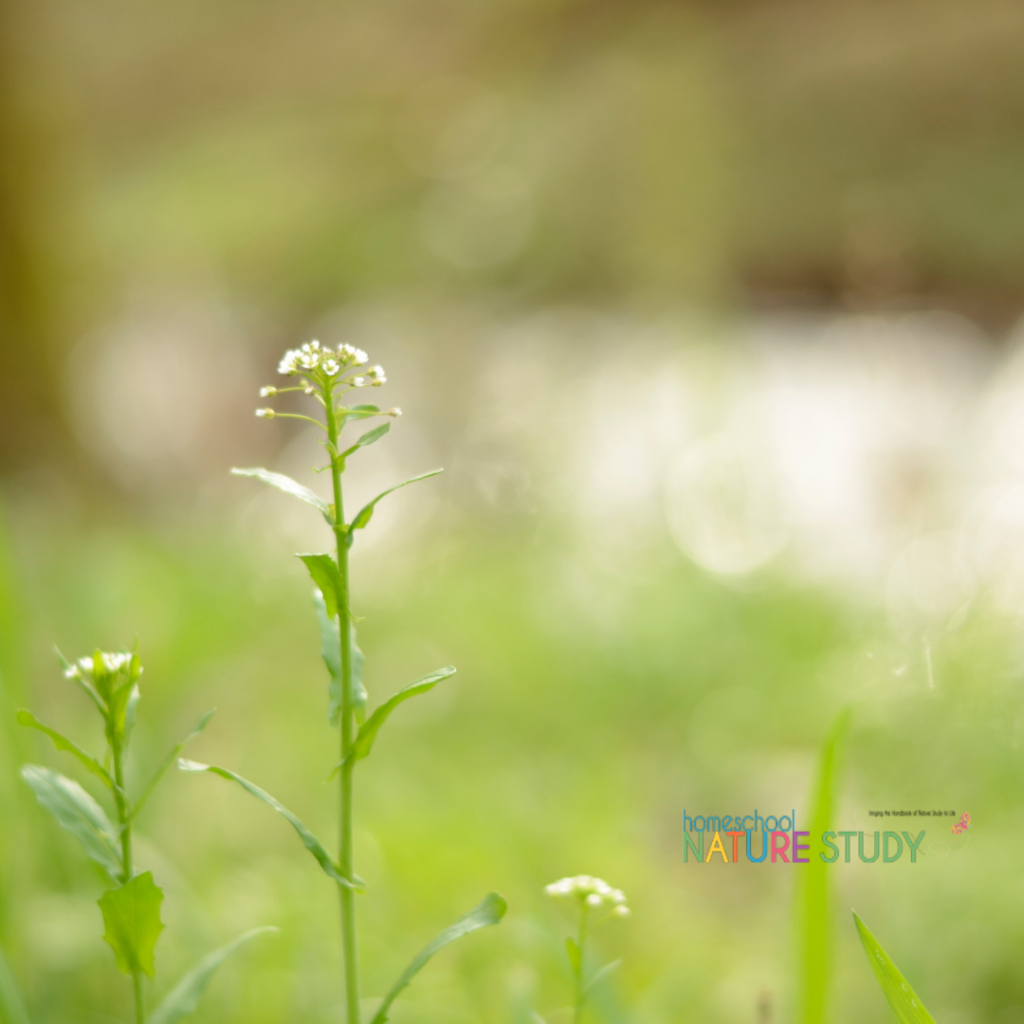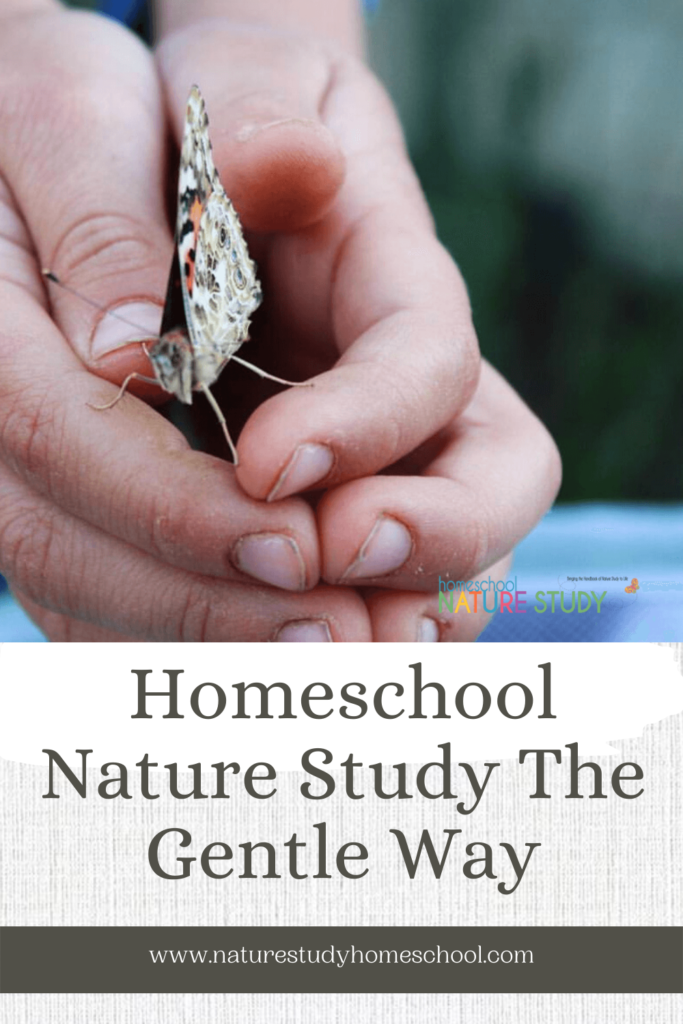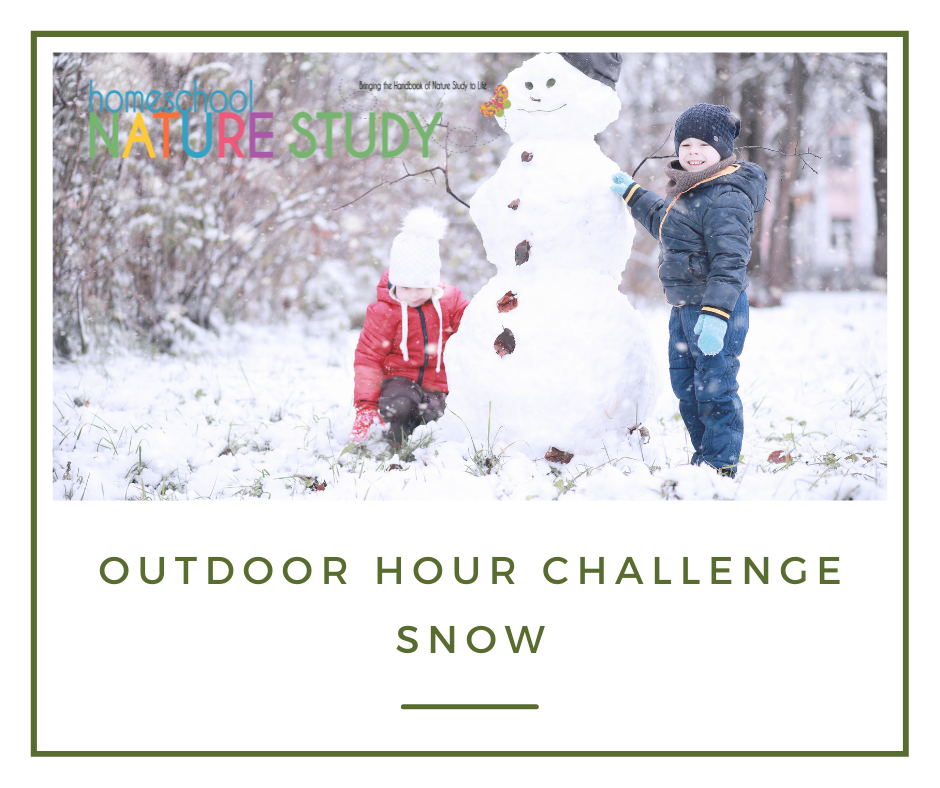
In this homeschool snow study there is so much to discover! Included is a field guide to snow, experiments like filtering, guidance from the Handbook of Nature Study and more!
Homeschool Snow Study – Outdoor Hour Challenge
Hello, fellow nature adventurers! How lovely to see you here once again for another exciting challenge. In this week’s homeschool nature study outdoor our challenge looks at a homeschool snow study.
1. Read chapter two in Discover Nature in Winter. There are so many great ideas for a homeschool snow study in this chapter that you will find at least two or three that you will want to try with your family. Use your highlighter or sticky notes to mark the places that you find with interesting information or ideas for including in your winter nature study.
2. Our family has decided to complete the “Snow Produces Water” activity on page 28. Please feel free to complete any of the suggested activities in chapter two of the book and then share your experiences in a blog entry.
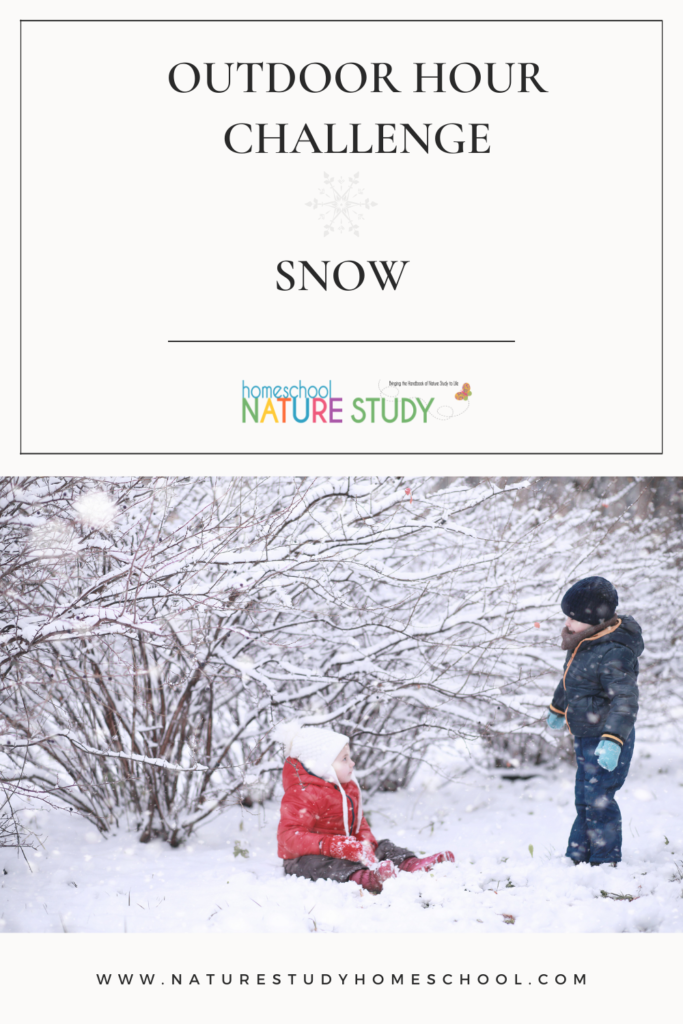
More Homeschool Nature Snow Study Ideas
- Filtering Snow
Place a clean wide-mouthed container outside during a snowstorm. Collect the snow and then bring it inside the house to melt. After your snow has melted, filter the water through a coffee filter. Use a hand lens to examine the particles left in the filter. If you have a microscope you can look at the melted snow even more closely. - Snow Produces Water
Fill a measuring cup with fresh snow and let it melt. See how many cups full of snow it takes to fill a measuring cup with the melted water. Repeat the experiment with old snow and record any differences in your nature journal.
This chapter in the book contains an explanation of how a snowflake forms and descriptions of the different kinds of snowflakes. We may as a family complete a few more of the activities in this chapter like the “Snow Melt and Trees” activity and the “Dripless Snow” activity as well. Now we just have to hope we get some significant snow soon so we can do our homeschool snow study observations.
I found some information on collecting and identifying different kinds of snowflakes: Field Guide to Snowflakes.
If you do not have any snow to observe, remember that you can use the ideas from my winter nature study blog entry as an alternative. Also, you can go back to week one and complete the color walk activity if you didn’t finish that activity already.

From The Handbook of Nature Study
I wanted to bring to your attention the section near the back of the Handbook of Nature Study on climate and weather. Particularly interesting to some might be the section on water forms found starting on page 808.
From the Handbook of Nature Study on page 808:
“Water in its various changing forms, liquid, gas, and solid, is an example of another overlooked miracle- so common that we fail to see the miraculous in it. We cultivate the imagination of our children by tales of the prince who became invisible when he put on his cap of darkness, and who made far journeys through the air on his magic carpet. And yet no cap of darkness ever wrought more astonishing disappearances than occur when this most common of our earth’s elements disappears from under our very eyes, dissolving into thin air.”
Anna Comstock spends the next few pages discussing the miracle of the water cycle and the many faces of water. There are so many things described here on these pages and you could easily spend weeks going through each little paragraph.
Examples:
- Ice on the surface of a pond (page 811)
- Seeing one’s breath (page 810)
- Observing a boiling teakettle (page 810)
- The geometry of a snowflake (page 809)
Then starting on page 812 she has listed 13 activities to complete your study of water forms.
Join the Homeschool Nature Study Membership for More Winter Nature Studies
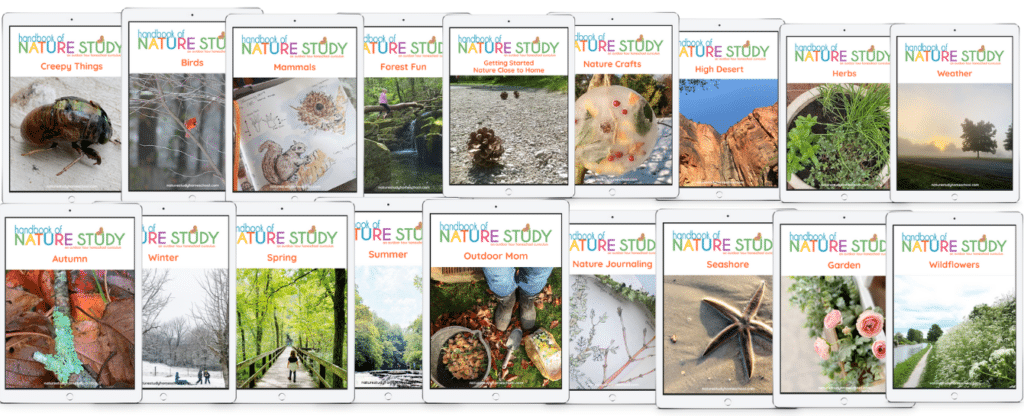
Connect With Our Homeschool Community On Social Media
Did you enjoy this Outdoor Hour Challenge? Be sure to tag us on Instagram @outdoorhourchallenge and use the hashtag #outdoorhourchallenge so we can see and comment!

